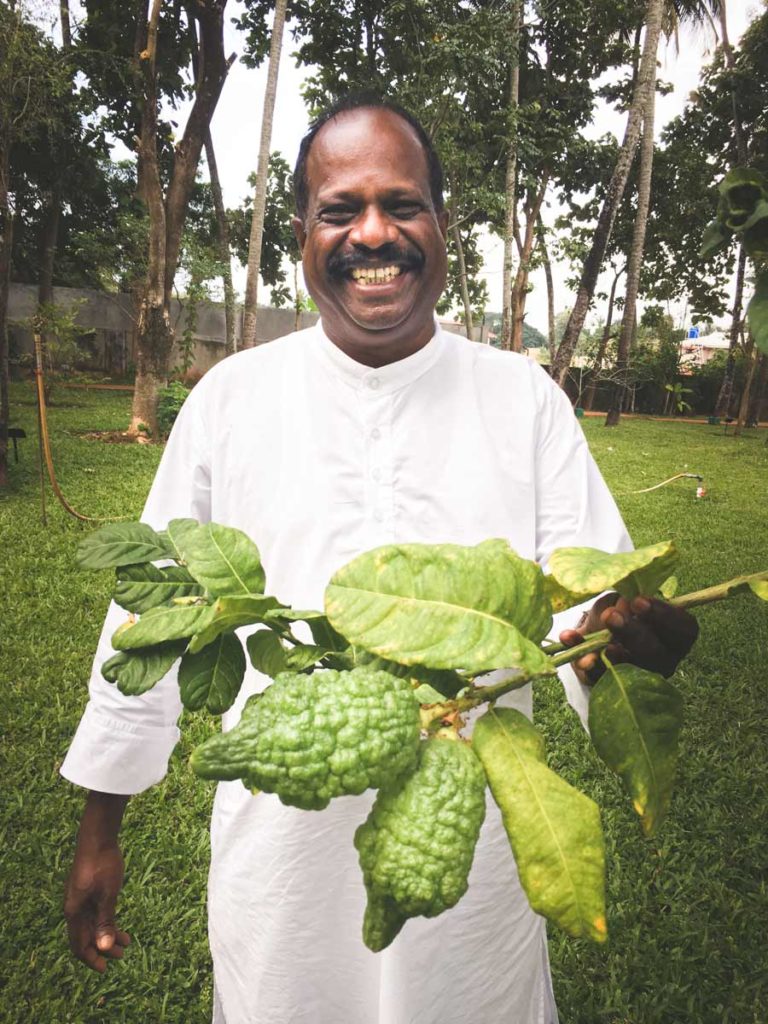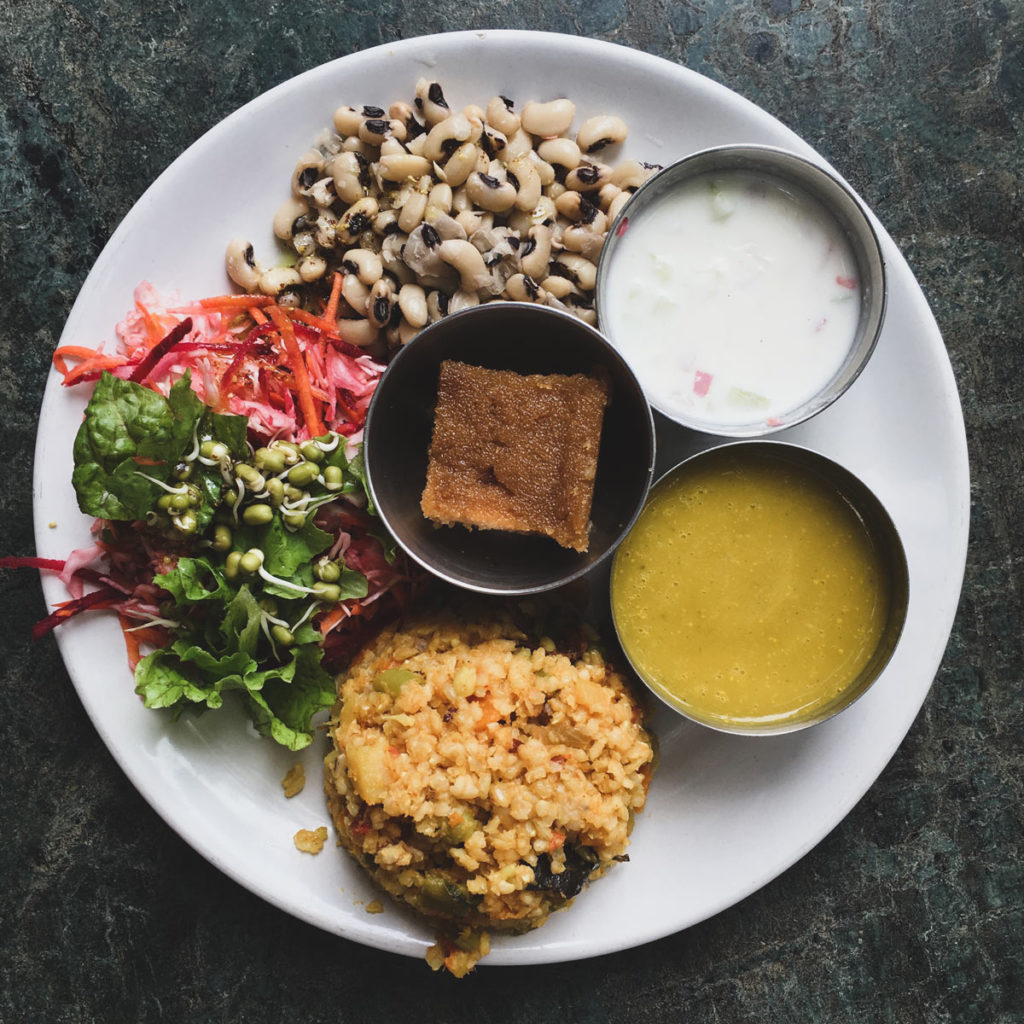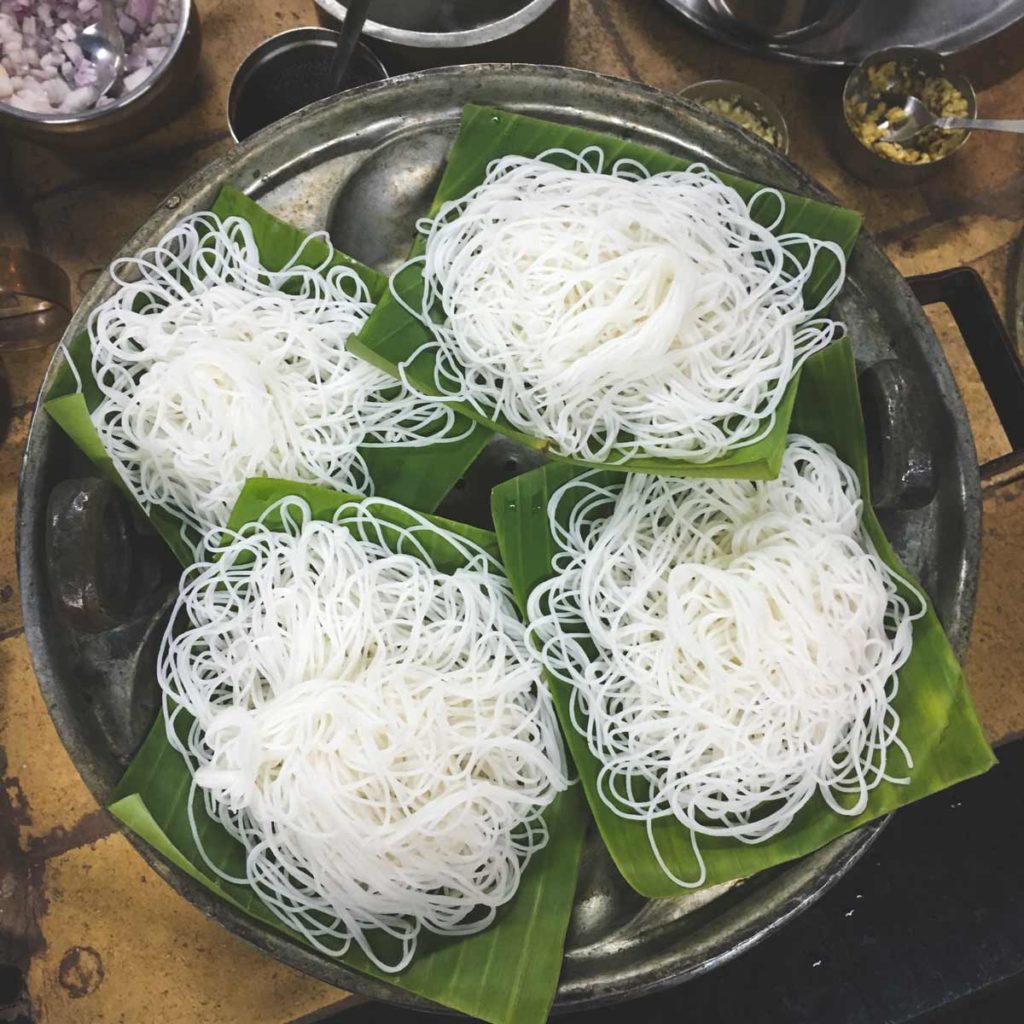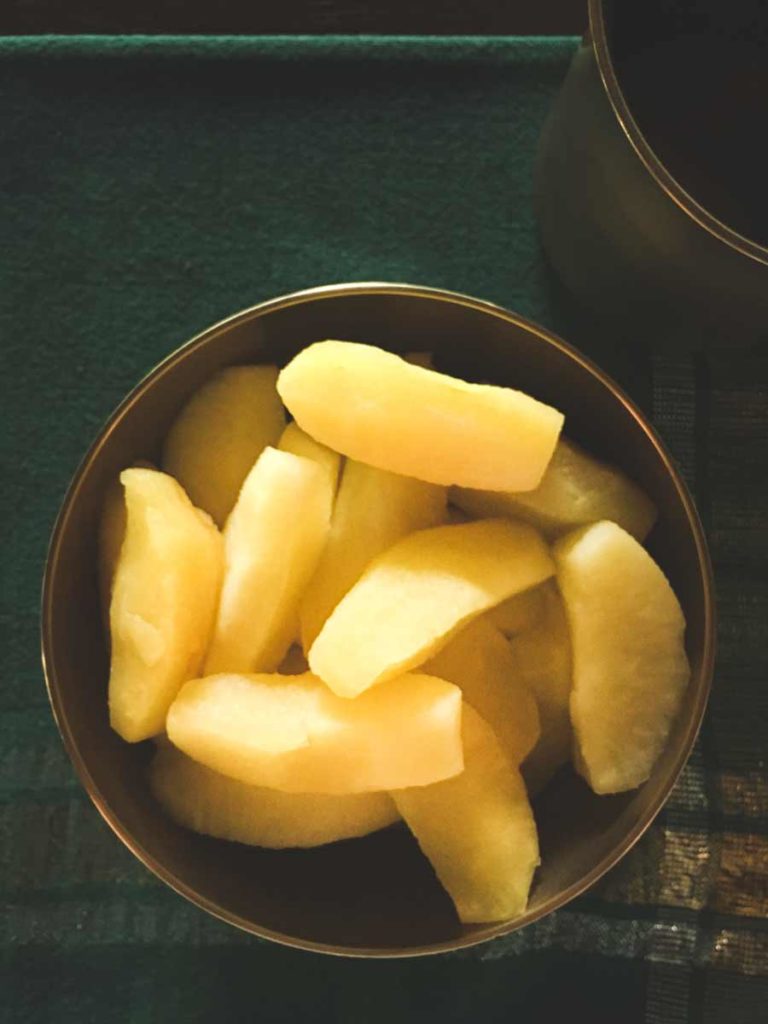It’s important to have an introduction to Ayurveda when travelling in South India because it’s a term you’ll encounter frequently. We’ve experienced both authentic and less than authentic versions in our travels.
After our own experiences, we feel a proper introduction to Ayurveda will help you find the real deal and avoid anything less than authentic. Because, it’s not only disappointing when you get substandard care, it can also be harmful.
So, here we go! Here’s our mini crash course introduction to Ayurveda – the mega 5000-year-old system of wellness. As we mentioned, the word Ayurveda comes up a lot in India.
Kerala alone has over 1400 Ayurveda enterprises. What started as an ancient system for wellness has turned into a $4 billion USD per year industry for that state alone. When something’s this lucrative, there’s an incentive for those with an entrepreneurial bent to jump on board the wellness train. Some profit from the reputation of others whether they are fully qualified or not. Fortunately, something is being done to protect wellness travellers.




Enter the Ayurveda Promotion Society
Recently, the Ayurveda Promotion Society formed. Their mandate is to not only promote Ayurveda in the state of Kerala but also to raise the bar in the industry so that users of the system comply with World Health Organization (WHO) standards for manufacturing, accreditation and evidence-based practices.
Currently, there are only 38 members that are recognized by the organization. We have visited a few of them, including Kalari Kovalikum and Zuri Kumarakom. They are professional organizations with impeccably trained teams in world class facilities. Again, this introduction to Ayurveda will help you decide at what level you’d like to explore the offerings.
It’s important to understand that stays at an Ayurvedic Hospital like Kalari Kovalikum are between two to four weeks. At Zuri Kumarakom, you can have a la carte treatments in their day spa. Both are authentic. But, they vary in intent. So, let’s delve a bit deeper here to set you up for success. Defining Ayurveda is a good place to start.


What is Ayurveda?
Ayurveda is a complete wellness system. The word fuses two Sanskrit phrases: “ayur” – the art of living, and “veda” – the science of life. Originally developed as a Hindu medical system, Ayurveda is believed to be the earliest and most comprehensive system for health. And, it’s not only survived to date but is also contributing to modern science in many ways.
Balanced Energy
From the beginning of time, Indians have lived by the philosophy, “Live and Let Live.” Ayurveda manifests this by focusing on establishing and maintaining the balance of one’s life energies within oneself. It does not focus on symptoms as Western medicine tends to do.
The thinking goes like this. Just because two people have the same symptom does not mean their treatment should be the same. Each person’s internal energies are unique to them. Therefore, their treatment needs to be based on the individual’s unique energetic makeup and not the symptom. Treating just the symptom is like applying cosmetics to cover a blemish.
Oneness
Another important tenet to understand in this introduction to Ayurveda is the philosophy that the entire universe exists in oneness. Everything that exists in the macrocosm also appears in the internal cosmos (microcosm) of the human body.
With trillions of cells, when the human body is healthy it exists in a harmonious, self-perpetuating, self-correcting state. Health is a result of the source of the universe, the paramatma, acting through the laws of Mother Nature.
Harmony is achieved by living in balance and synchrony with the laws of nature. The energies that regulate the entire universe are also believed to control human physiology. Through certain practices, we can better understand ourselves and the world around us, live long lives, and achieve our fullest potential.
In Ayurveda, the universal consciousness is a super-intelligent bundle of energy that helps us perceive the physical world through our five senses. We are reminded that we are in union with every aspect of nature. And to enjoy health and happiness, our whole life and lifestyle must be in harmony.
Introduction to Ayurveda: The Goal
The central goal of Ayurveda is the state of perfect health. Not only for individuals but for society and the environment as well. Nature underpins the success in achieving these goals for a few reasons.
Nature has intelligent laws that govern the growth of everything from tiny atoms to galaxies. The human body is trying to be perfectly healthy as that is our natural state. So what’s the problem? We are the problem! Lol. This is because we – typically – repeatedly interfere with nature instead of living in balance with it.
Ayurveda holds that disease conditions are symptoms of an underlying imbalance. It’s main thrust is to restore the balance and help you lead a healthy lifestyle so imbalances do not recur. The most important thing Ayurveda teaches is that health is up to us. And, how we manage the five elements of our constitution determines our health.







The Five Elements
Everything contained in the universe, including the human body is made of the five elements: Space (aka – akash or ether), Air, Earth, Water and Fire. The five elements correspond with the five senses: space to hearing, air to touch, fire to vision, water to taste, and earth to smell. The senses permit a person to perceive the external world.
Things that enter our systems can act as food that nourishes, medicine that balances, or poison that harms the body. Knowing what is good or bad for our systems allows us to make informed decisions. To understand further we need to clarify something called doshas.
Doshas
One of the most important things to understand in this introduction to Ayurveda is the five elements manifest in the human body as energies called doshas. Doshas maintain and control metabolism. And, they can be divided into three groups called Vata, Pitta and Kapha. This trivariate of doshas is the basis of Ayurveda. Each represents key elements in pairs.
Vata is space and air. Pitta is fire and water. Kapha is earth and water.
Health in Ayurveda is when the three doshas are balanced as evidenced by a balanced digestive fire or agni, properly formed tissues, proper elimination of wastes, a pleasant state of mind, and the feeling of being well-established in the self. Isn’t that an inclusive definition of health?
Disease in Ayurveda is when the three doshas are out of balance. Monitoring the doshas daily helps one take preventative measures to avoid ever entering into a state of disease. But, how do you know what your unique doshas are to begin with?



Dosha Identification
When you visit an Ayurvedic facility, the first thing the practitioners will do is assess your prominent dosha. In doing so, they’ll help you discover your prakruti – your original energetic constitution.
Each dosha type looks and acts a certain way depending on whether it’s in balance or out of balance. Practitioners assess a long list of attributes including your facial features, body frame, skin, weight, complexion, appetite, feces, activity, speech, sensitivity to environmental factors, resistance to disease, pulse patterns, emotional tendencies, and sleep patterns.
They also look at your age, stage of life, the season, time of day, geographic location, diet and lifestyle. The goal is always to keep balanced and close to our prakruti.
Each dosha has its own strengths and weaknesses. The goal is not to judge if one is better than another but instead to tap into our own uniqueness and show us how to use our strengths by keeping them balanced.
Vikruti
Our Pakruti becomes Vikruti (illness) when our doshas are out of balance. This happens when we are not living in harmony with nature. The goal of Ayurveda in this instance is to understand what aspects of our environment upset our energies and, once known, correct the imbalance.
There are six stages of disease in Ayurveda: accumulation, where symptoms are mild; aggravation, where symptoms increase; overflow, where the problem enters the blood or plasma and starts to spread; relocation, where the imbalance dosha takes the path of least resistance to a weak spot; manifestation, where specific symptoms of disease appear, and; diversification, where the structures and function of organs are affected.



Introduction to Ayurveda: Treatments
While at an Ayurvedic facility, treatments may include diet and lifestyle changes, use of herbs and spices as medicines, massage, aromatherapy, sound therapy, and yoga breathing exercises and postures.
Before there are any problems, you can learn to look for signs of dosha balance as preventive care and maintenance of health from a qualified practitioner. The tongue is a mirror of the GI system so daily tongue analysis is one such measure. Stool analysis also reveals information on digestion.
While many believe we are what we eat, in Ayurveda the saying goes, we are what we digest. Keeping one’s digestive fire or agni working well is key to health. Depending on your dosha type, different things will influence agni and one can learn much about its functionality through a daily look at one’s stools.
Diet
A fascinating correlation in Ayurveda is that the three doshas can be managed by diets that arrange the six tastes in food to complement each other. The principle behind this is, just as the doshas each have pairs of specific elements, so do the six tastes humans can detect.
Sweet represents earth and water. Sour is earth and fire. Salty is fire and water. Bitter is fire and air. Pungent is air and earth. And, astringent is air and space.
Vata dosha people have air and space as their main elements. Therefore, taking in mostly sweet, sour, and salty tastes, with their focus on earth, water, and fire, will balance them as these are unlike qualities. If Vata people ingest pungent, astringent, and bitter tastes, which have fire, air, and space, it will increase the Vata and throw them out of balance.
The same is true for Pitta and Kapha. Pittas should eat bitter, astringent, and sweet tastes and avoid sour, salty, and pungent tastes. Kapha should eat pungent, bitter, and astringent and avoid sweet, sour, and salty.
In summary, “like” elements between doshas and foods upset the balance and sway it to one side, therefore causing an imbalance. Eating foods that are “unlike” balances. So food, medicine, or poison can increase like parts of your microcosm and/or decrease parts that are unlike it, depending on the elements in the food, medicine, or poison, and the elements in the microcosm that is you.
It might be a bit counterintuitive at first but you don’t want “like” to increase “like.” You want to balance what you are inherently like with unlike. The foods that make up each of the six tastes are common sense.
Introduction to Ayurveda: Specific Foods
Sweet tastes include fruit sugars, milk sugars, cane and beet sugars, honey and maple syrup. Starches like wheat and rice plus sweet potatoes and yam are also included. Unfermented dairy and oils and fats from nuts, seeds, and animal products also fall into this category.
Sour tastes include acidic fruits like citrus, unripe berries, sour cherries, plums, grapes, apples, pineapple and tomatoes. Wine, whisky and beer fall here as do fermented foods like yogurt and kefir.
Salty tastes include mineral salt and sea products like seafood, shell fish and seaweeds.
Pungent are spices and some vegetables like green chilies, leeks, onions, kohlrabi, mustard greens, radishes, and turnips.
Bitter tastes include bitter melon, leafy greens, dandelion greens, eggplant, Jerusalem artichokes, coffee, dark chocolate, and fenugreek.
Astringent tastes are drying – beans, potatoes, apples, alfalfa sprouts, brassica vegetables and leaves and grasses.
Knowing one’s dosha, knowing how to monitor it, and knowing what foods keep it functioning in harmony are keys to health. Ayurveda provides principles to apply this wisdom.
Applying Ayurvedic Principles for Eating
Remembering, it’s not what we eat but rather what we digest, there are ways in which to eat to bring about the best digestion.
- Quantity of food is important. Each dosha has specific timings in a day that work best for their agni.
- Quality of food means ingestion of organic and fresh food is vital to health.
- Mode of preparation is also critical. Grains and most vegetables are cooked for ease of digestion. Fruits are best taken fresh. All food should be prepared with love.
- There are right combinations of foods. Fresh fruits should be eaten alone for example.
- Spicing is key and should be pleasantly done.
- The right attitude for eating is one that is calm, relaxed, and cheerful. Gratitude is paid to one’s digestive fire and the five elements of the universe, your body, and food.
- Right timing is adhered to by dosha type. Kaphas are best to eat at 10 am and 5 pm only. Pittas do well with three meals a day, while Vata types need to eat small meals 5 times per day.
- Regimens like no smoking, no exercise one hour after eating, and no sleeping, TV, or desserts right after eating are also suggested.
Ayurveda Aware
There you have it. You are now a little more aware thanks to this introduction to Ayurveda. You now know what Ayurveda is and how it works to maintain health. This was a very preliminary overview.
In Kerala and across South India, you’ll find many wonderful places to explore Ayurveda in depth. And we hope you’ll explore the Ayurveda Promotion Society’s recommendations to ensure you are getting truly authentic care.
In our next posts, we’ll share some recipes that were inspired by our visit to Kalari Kovalikom in Palakad. In Ayurveda, they say a balanced meal should leave you light, satisfied and happy, never lethargic or heavy. We hope these dishes will help you on that healthful digestive path.
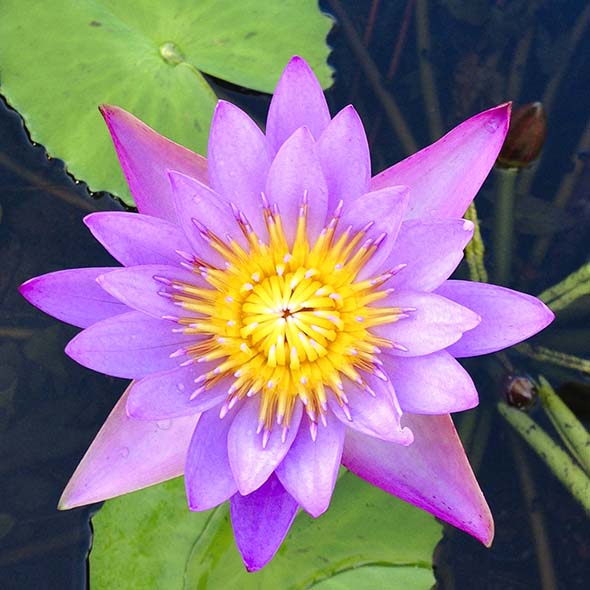
Gratitude
Thanks to the KTM Society and Travel XS for sponsoring our travel throughout South India in 2016. Thanks especially to the team at CGH Kalari Kovilakom for a peak into their world during our stay at the Palace for Ayurveda. After our introduction we were inspired to write Learn About Ayurveda 101.
All words and photos are our own and were not shared with the sponsors before publication.




